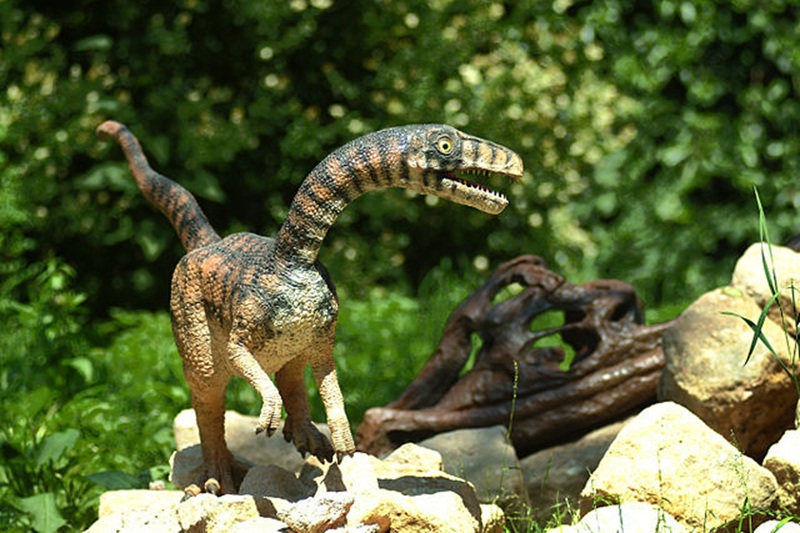In the vast pantheon of dinosaurs that once ruled our planet, we often marvel at the immense sauropods or the fearsome tyrannosaurs. However, emerging research suggests that we may have been overlooking the true intellectual giants of the Mesozoic era – the smallest dinosaurs. Recent paleontological discoveries and comparative neuroanatomy studies have begun to paint a fascinating picture: diminutive dinosaur species potentially possessed cognitive capabilities that rivaled or even surpassed their larger counterparts. This article explores the compelling evidence suggesting that when it comes to dinosaur intelligence, bigger wasn’t necessarily better.
Brain-to-Body Ratio: The Key Metric

When assessing animal intelligence, scientists often examine the encephalization quotient (EQ) – a measure of brain size relative to body mass. This ratio proves more informative than absolute brain size for evaluating cognitive potential. Smaller dinosaurs, particularly certain theropods, exhibited remarkably high brain-to-body ratios compared to their massive relatives. Paleontological evidence from well-preserved fossil skulls indicates that some microdinosaurian species possessed neural architecture that allocated significant resources to areas associated with higher cognition. This pattern mirrors what we observe in modern animals, where smaller species like ravens and dolphins demonstrate sophisticated problem-solving abilities despite their modest size. The evolutionary pressure to maximize cognitive capacity while minimizing metabolic costs may have driven this neural efficiency in diminutive dinosaurs.
Metabolic Advantages of Small Size

Smaller dinosaurs benefited from metabolic advantages that potentially fueled greater neural development. The higher surface-area-to-volume ratio in smaller organisms necessitates more efficient metabolic functioning to maintain body temperature, especially in species that were evolving toward endothermy (warm-bloodedness). This elevated metabolism directly correlates with increased neural activity and potentially greater cognitive capacity. Evidence from bone histology suggests many small theropods possessed metabolic rates approaching those of modern birds, their evolutionary descendants. The energetic demands of sustaining a hot-running metabolism likely drove the development of more sophisticated brains capable of coordinating complex behaviors. Additionally, the faster growth rates observed in smaller dinosaur species may have supported more rapid neural development and adaptation to environmental challenges.
Predatory Pressures and Intelligence
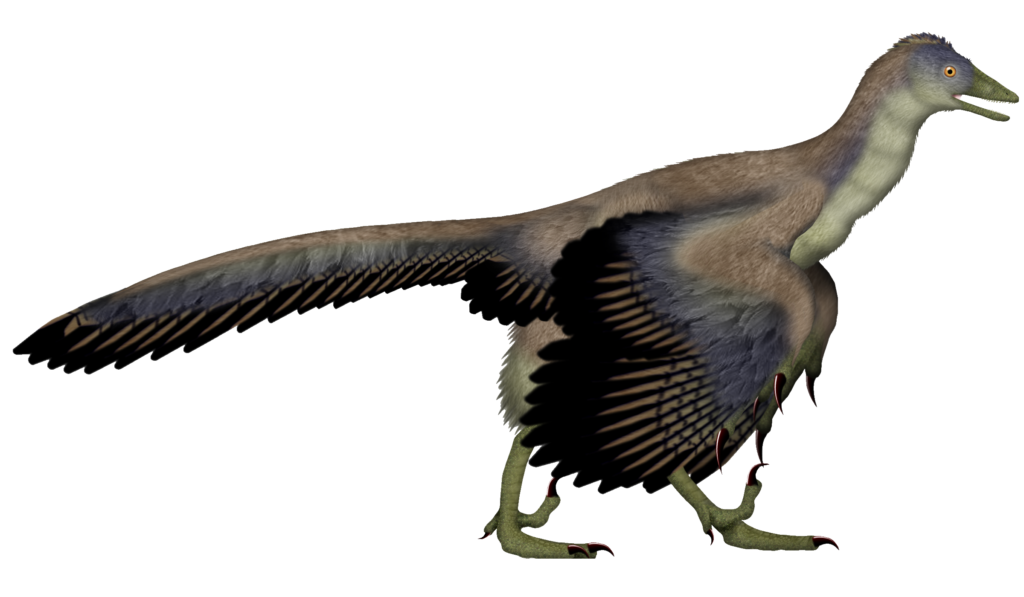
Smaller dinosaurs faced constant predatory threats, creating strong evolutionary pressure for enhanced cognitive abilities. Intelligence offered a crucial survival advantage when physical strength wasn’t an option. Fossil evidence suggests many diminutive dinosaur species developed specialized predator avoidance strategies requiring sophisticated neural processing. The archaeopteryx, for example, shows anatomical adaptations indicating both arboreal capabilities and neural structures supporting complex spatial awareness. Paleontological analyses of predator-prey dynamics during the Mesozoic era reveal that smaller species likely relied more on behavioral adaptations than physical defenses. This cognitive arms race potentially accelerated the evolution of intelligence in smaller dinosaurs who needed to outsmart rather than outmuscle their adversaries. The fossil record provides numerous examples of small dinosaurs that survived alongside much larger predators, suggesting effective cognitive strategies for threat detection and avoidance.
Social Complexity and Learning
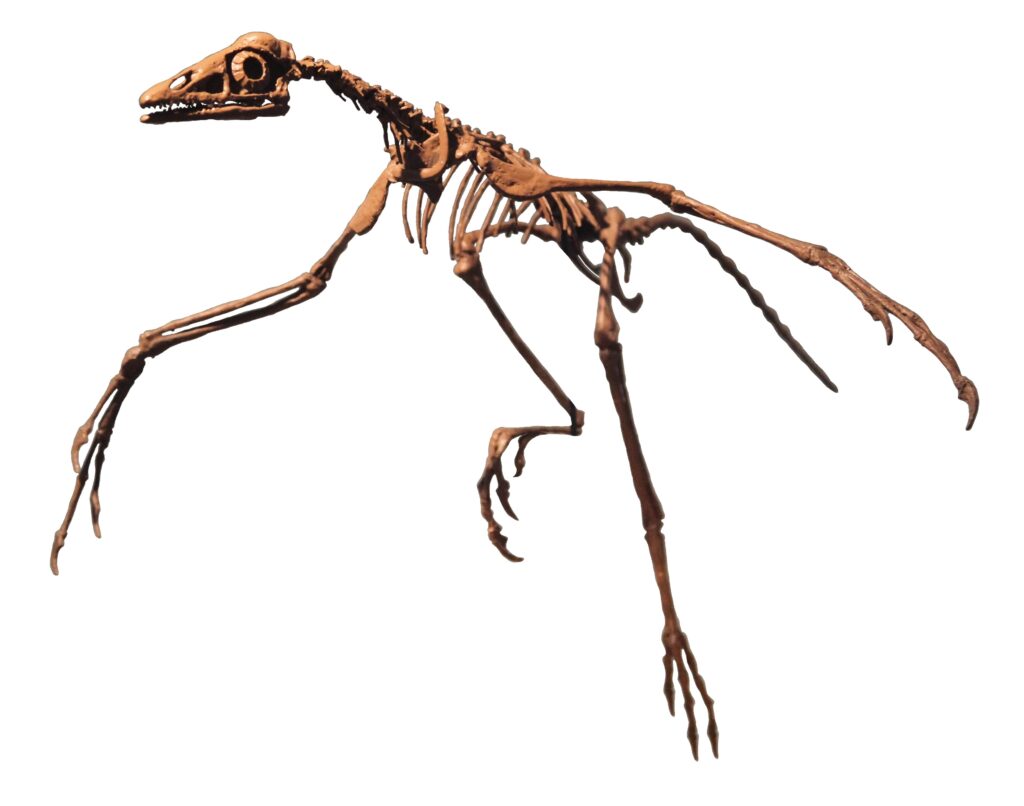
Fossil evidence increasingly suggests many smaller dinosaur species lived in complex social groups requiring sophisticated communication and coordination. Trackway discoveries showing multiple individuals moving in synchronized patterns provide compelling evidence for social behavior. Small maniraptoran dinosaurs, in particular, appear to have maintained cohesive social structures similar to modern birds. These social systems would have necessitated neural hardware capable of recognizing individuals, maintaining hierarchies, and engaging in cooperative behaviors. Paleontologists studying fossilized nest sites have identified evidence of communal nesting and potentially cooperative breeding in certain small theropod species, behaviors that demand significant cognitive processing. The transition toward more bird-like social structures correlates strongly with increased encephalization and neural complexity seen in the fossil record of smaller dinosaur species. This social intelligence hypothesis gains further support when considering the elaborate social dynamics observed in modern avian descendants.
Sensory Adaptations and Processing

Smaller dinosaurs often possessed highly developed sensory adaptations requiring sophisticated brain regions for processing environmental information. Enlarged orbits in fossil skulls suggest enhanced visual capabilities, while internal cranial structures indicate acute hearing in many small theropod species. These sensory adaptations required correspondingly complex neural structures to process the incoming information effectively. Troodontids, among the smallest dinosaur species, show evidence of exceptionally large optic lobes and cerebellums associated with visual processing and coordination. Endocasts of small dinosaur brains reveal expanded olfactory bulbs in many species, indicating keen scent detection capabilities that would have required substantial neural resources to interpret. The integration of multiple sensory inputs – sight, sound, smell – into a coherent understanding of the environment represents a hallmark of higher intelligence that appears particularly prevalent in smaller dinosaur species based on cranial endocast examinations.
The Avian Connection

Birds, the only surviving dinosaur lineage, evolved from small theropod ancestors, suggesting a continuity of cognitive capabilities. Modern avian intelligence, particularly in corvids and parrots, may reflect cognitive potential already present in their dinosaurian forebears. The neuroanatomical similarities between small theropods and primitive birds provide a compelling evolutionary narrative of intelligence. Studies of the archaeopteryx and other early avialans reveal brain structures transitional between non-avian dinosaurs and modern birds, with progressive enhancement of regions associated with cognitive functions. Paleontologists analyzing the Jehol Biota from China have documented this transition in exceptional detail, showing how brain morphology evolved alongside other avian characteristics. The parallel development of flight capabilities and enhanced cognition suggests these traits may have co-evolved, with smaller body size facilitating both aerial locomotion and neural efficiency. This evolutionary pathway implies that the cognitive foundations for modern avian intelligence were already established in small-bodied dinosaur ancestors.
Problem-Solving Evidence
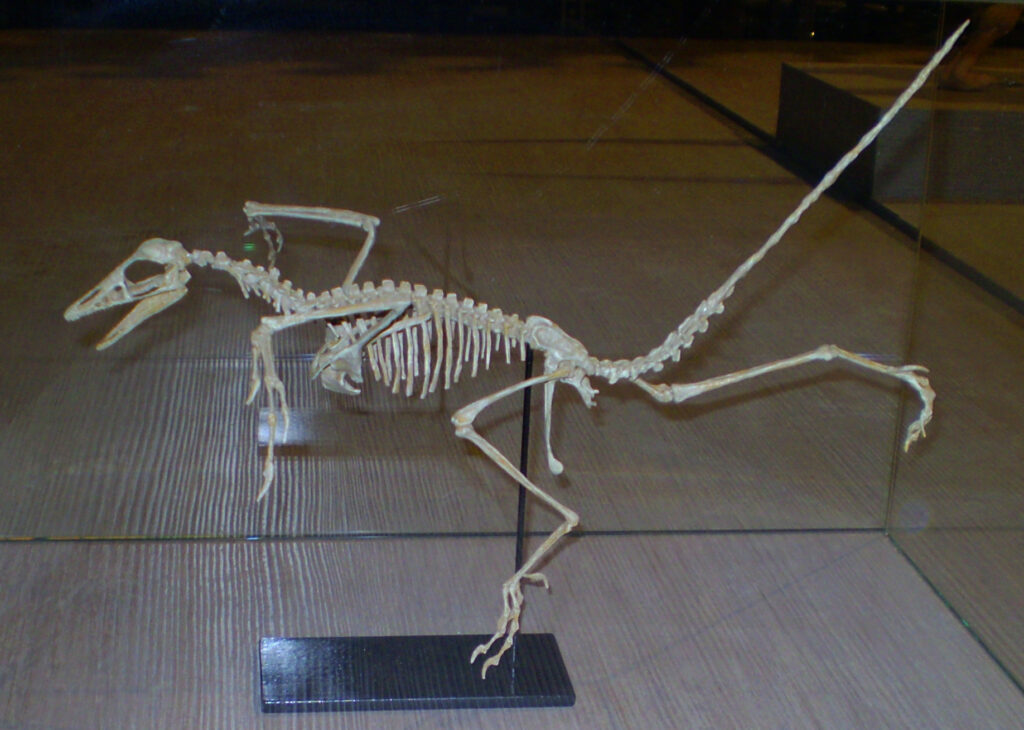
Fossil evidence occasionally provides tantalizing glimpses into the problem-solving capabilities of smaller dinosaurs. Specimens showing healed injuries indicate successful adaptation to physical limitations, suggesting cognitive flexibility. Additionally, some fossil sites reveal evidence of tool use among smaller theropods, including strategically positioned stones that may have been used to break eggs or shells. The discovery of modified objects alongside small dinosaur remains raises intriguing possibilities about their manipulative and cognitive capabilities. Paleontologists have identified wear patterns on the teeth of certain small theropods, suggesting specialized feeding strategies requiring substantial learning and problem-solving. Studies of tooth mark patterns on fossil bones indicate that some small dinosaurs developed efficient techniques for extracting maximum nutrition from carcasses, reflecting sophisticated feeding behaviors that likely required significant cognitive processing. These behavioral adaptations, while difficult to preserve in the fossil record, offer glimpses into the cognitive complexity of smaller dinosaur species.
Comparative Evidence from Modern Animals

Modern zoology provides compelling parallels supporting the “smaller means smarter” hypothesis in dinosaurs. Today’s smallest vertebrates often display surprising cognitive sophistication, with corvids demonstrating tool use, facial recognition, and causal reasoning despite their small size. Similarly, diminutive mammals like rats show remarkable problem-solving abilities that outpace many larger species. These patterns suggest fundamental neurological principles that likely applied to dinosaurs as well. Cognitive ethologists studying animal intelligence consistently find that absolute brain size matters less than neural organization and encephalization quotient – principles that would favor smaller dinosaur species. The metabolic efficiency required by smaller warm-blooded animals drives neural optimization that often produces greater cognitive efficiency per unit of brain tissue. When applied to dinosaurian evolution, these principles suggest smaller species like microraptors and troodontids potentially possessed cognitive capabilities far exceeding their larger relatives.
Neuroanatomical Evidence

Advanced imaging techniques have revolutionized our understanding of dinosaur brains through detailed endocranial casts. These studies reveal that smaller theropods possessed proportionally larger cerebral hemispheres relative to their brain size compared to larger dinosaurs. The expanded cerebrum indicates greater capacity for processing complex information and potentially higher cognitive functions. Detailed examination of troodontid endocasts, for instance, shows remarkably developed cerebellar and cerebral structures, suggesting cognitive abilities comparable to modern birds. Paleontologists comparing brain cavity morphology across dinosaur species have documented a consistent pattern of increased cerebral folding and surface area in smaller species, characteristics associated with enhanced neural processing. The orientation and development of cranial nerves visible in endocasts also indicate more sophisticated sensory integration in many smaller dinosaur species. These neuroanatomical findings provide some of the strongest evidence for the cognitive advantages potentially enjoyed by diminutive dinosaur species.
The Ecological Niche Hypothesis
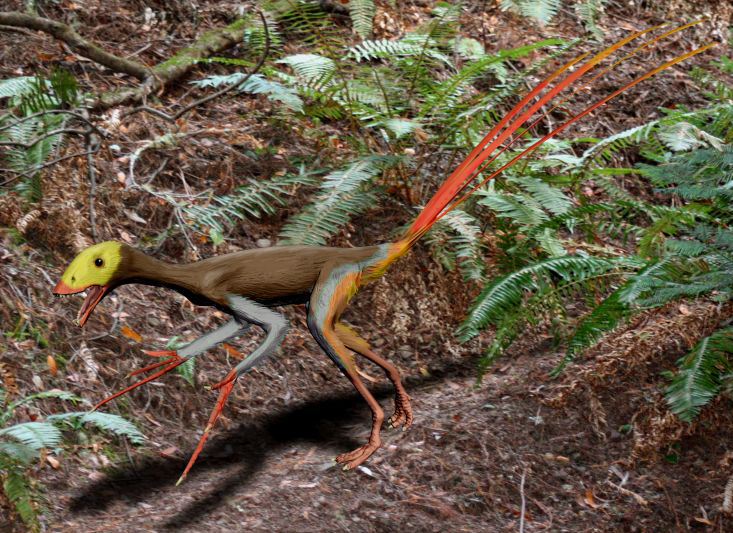
Smaller dinosaurs often occupied specialized ecological niches requiring greater behavioral flexibility and intelligence. Unlike larger dinosaurs with more generalized feeding strategies, many small species had to exploit specific resources, demanding sophisticated cognitive approaches. Ecological specialization typically drives cognitive evolution as animals must develop innovative solutions to extract resources from challenging contexts. The fossil record reveals numerous small dinosaur species with highly specialized anatomical adaptations for particular diets or habitats, suggesting equally specialized behavioral adaptations. Paleoecological reconstructions indicate that smaller dinosaurs frequently inhabited complex environments like forests and undergrowth, settings that would have demanded sophisticated spatial navigation and memory. These challenging habitats, with their three-dimensional complexity and resource patchiness, likely selected for enhanced cognitive capabilities in smaller dinosaur inhabitants. The correlation between ecological specialization and cognitive demand represents a well-established principle in evolutionary biology that likely applied throughout dinosaurian evolution.
Learning and Parental Care

Evidence suggests smaller dinosaur species often exhibited extended parental care, creating opportunities for social learning and cultural transmission. Fossil nests associated with small theropods show signs of repeated use and complex architecture, indicating substantial investment in offspring. This extended care period would have facilitated sophisticated learning processes similar to those observed in modern birds. Nestling fossils from species like oviraptorids show evidence of delayed development trajectories, suggesting extended juvenile periods conducive to learning complex behaviors. Paleontologists studying growth rates in small dinosaur species have identified extended developmental periods during which juvenile brains would have remained plastic and receptive to experiential learning. The presence of adult specimens alongside juveniles at numerous fossil sites indicates potential family units or teaching arrangements that would have supported intergenerational knowledge transfer. This capacity for cultural transmission represents a hallmark of higher intelligence that appears particularly developed in smaller dinosaur lineages based on the available evidence.
Limitations of the Fossil Record
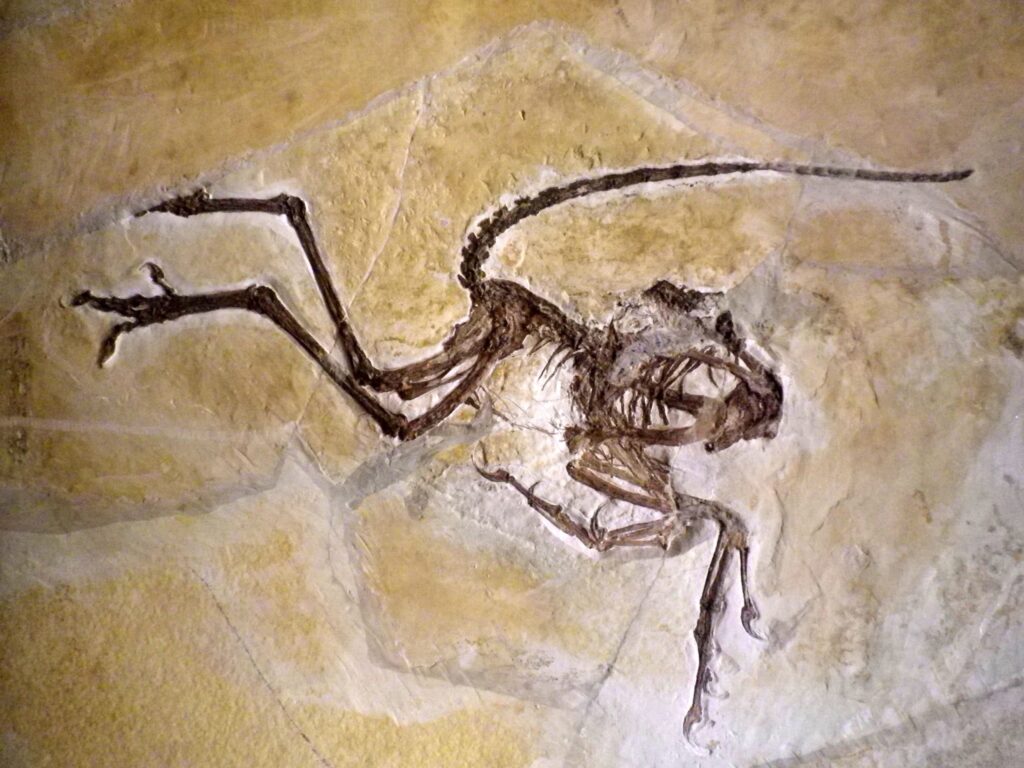
While evidence supports the “smaller means smarter” hypothesis, significant challenges exist in definitively proving dinosaur intelligence. The fossil record preserves physical structures but rarely captures behaviors directly, creating inherent limitations in cognitive studies. Brain tissue itself doesn’t fossilize, forcing scientists to rely on endocranial casts that reveal brain shape but not internal neural architecture or connectivity patterns. Additionally, preservation bias means smaller, fragile dinosaur fossils are less frequently preserved intact, potentially skewing our understanding of their prevalence and diversity. Paleontologists must therefore integrate multiple lines of evidence – comparative anatomy, ecological context, phylogenetic relationships – to build compelling cases about cognitive capabilities. Despite these challenges, the convergence of evidence from neuroanatomy, behavior, and evolutionary patterns continues to strengthen the case for exceptional intelligence among diminutive dinosaurs. Modern analytical techniques and new fossil discoveries continue to refine our understanding of dinosaur cognition, gradually filling gaps in our knowledge.
Future Research Directions

The study of dinosaur intelligence remains an active, evolving field with several promising research directions. Advanced CT scanning and 3D reconstruction techniques offer increasingly detailed views of brain morphology from fossil endocasts, potentially revealing previously unobservable neural structures. Interdisciplinary approaches combining paleontology with evolutionary neuroscience provide new frameworks for interpreting fossil evidence in light of fundamental principles of brain evolution. The continued discovery of exceptionally preserved small dinosaur specimens, particularly from locations like the Jehol Biota in China, promises to yield new insights into the cognitive capabilities of these fascinating creatures. Comparative studies between dinosaur endocasts and the brains of their living avian descendants help bridge evolutionary gaps in our understanding of neural development. As research techniques advance and the fossil record expands, our understanding of dinosaur intelligence will continue to deepen, potentially confirming the remarkable cognitive capabilities of the smallest dinosaur species. This ongoing scientific journey reminds us that in paleontology, as in many fields, our understanding continues to evolve with each discovery and analytical approach.
Conclusion
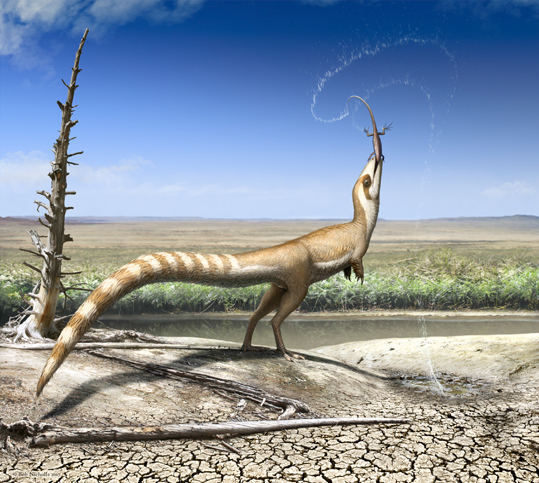
The accumulating evidence presents a compelling case that the smallest dinosaurs may indeed have been among the most cognitively sophisticated of their era. Their neuroanatomical characteristics, metabolic advantages, ecological pressures, and evolutionary trajectory all point toward enhanced intelligence. As the only surviving dinosaur lineage, modern birds provide living proof of the remarkable cognitive potential that existed within the smaller dinosaur species. While definitive proof of dinosaur intelligence remains elusive due to the limitations of the fossil record, the convergence of evidence from multiple scientific disciplines continues to strengthen this fascinating hypothesis. Perhaps the most intelligent beings of the Mesozoic weren’t the towering giants that capture our imagination, but rather the small, agile, and neurologically advanced dinosaurs that eventually gave rise to the remarkable cognitive abilities we observe in birds today.

